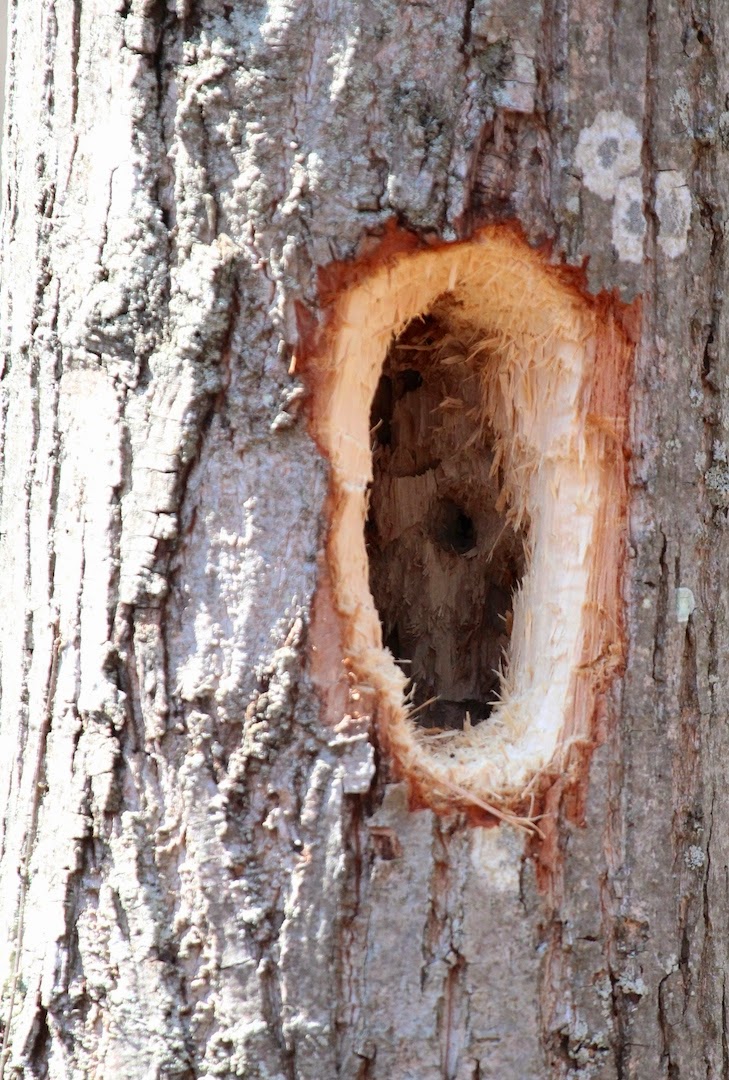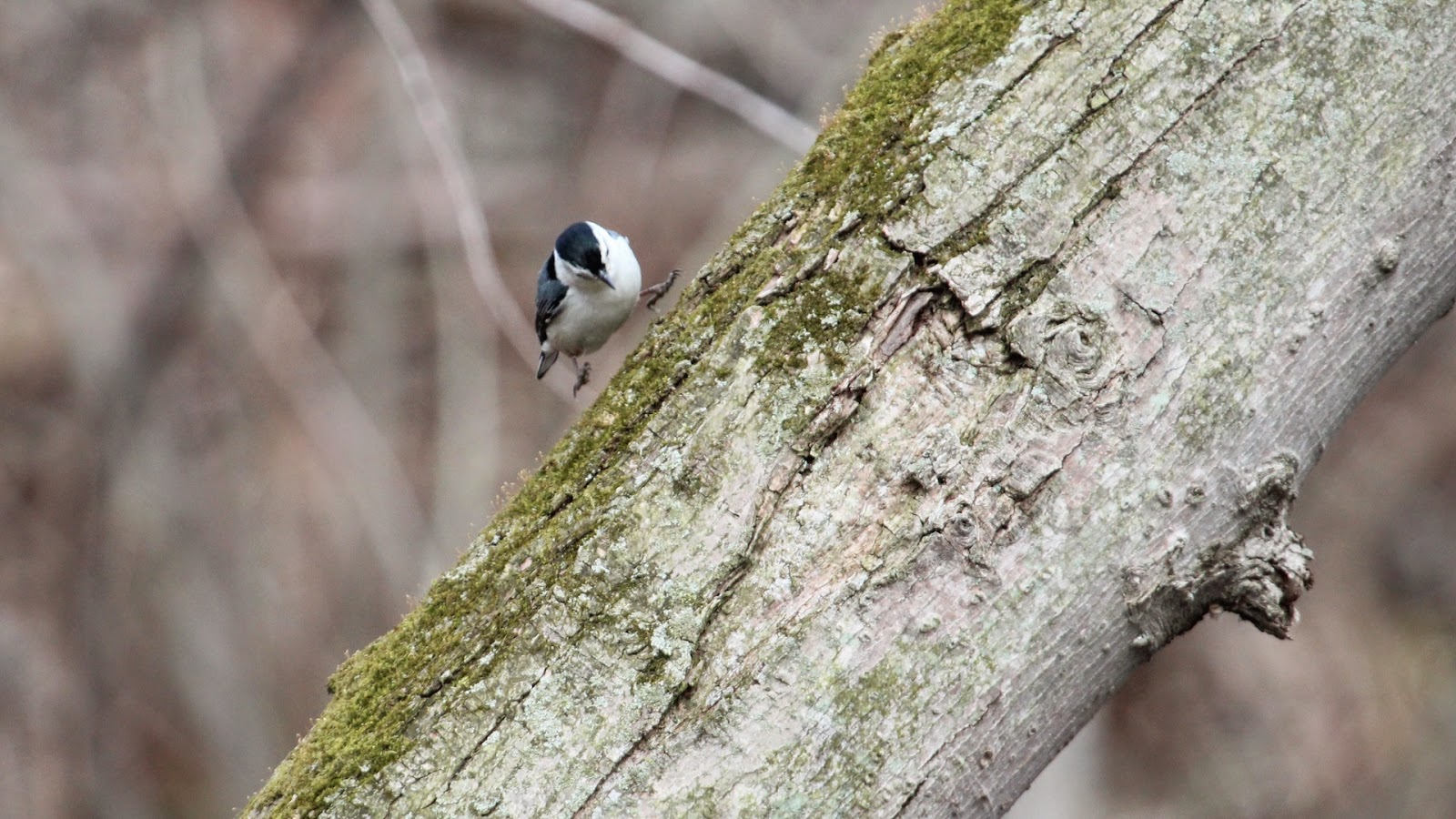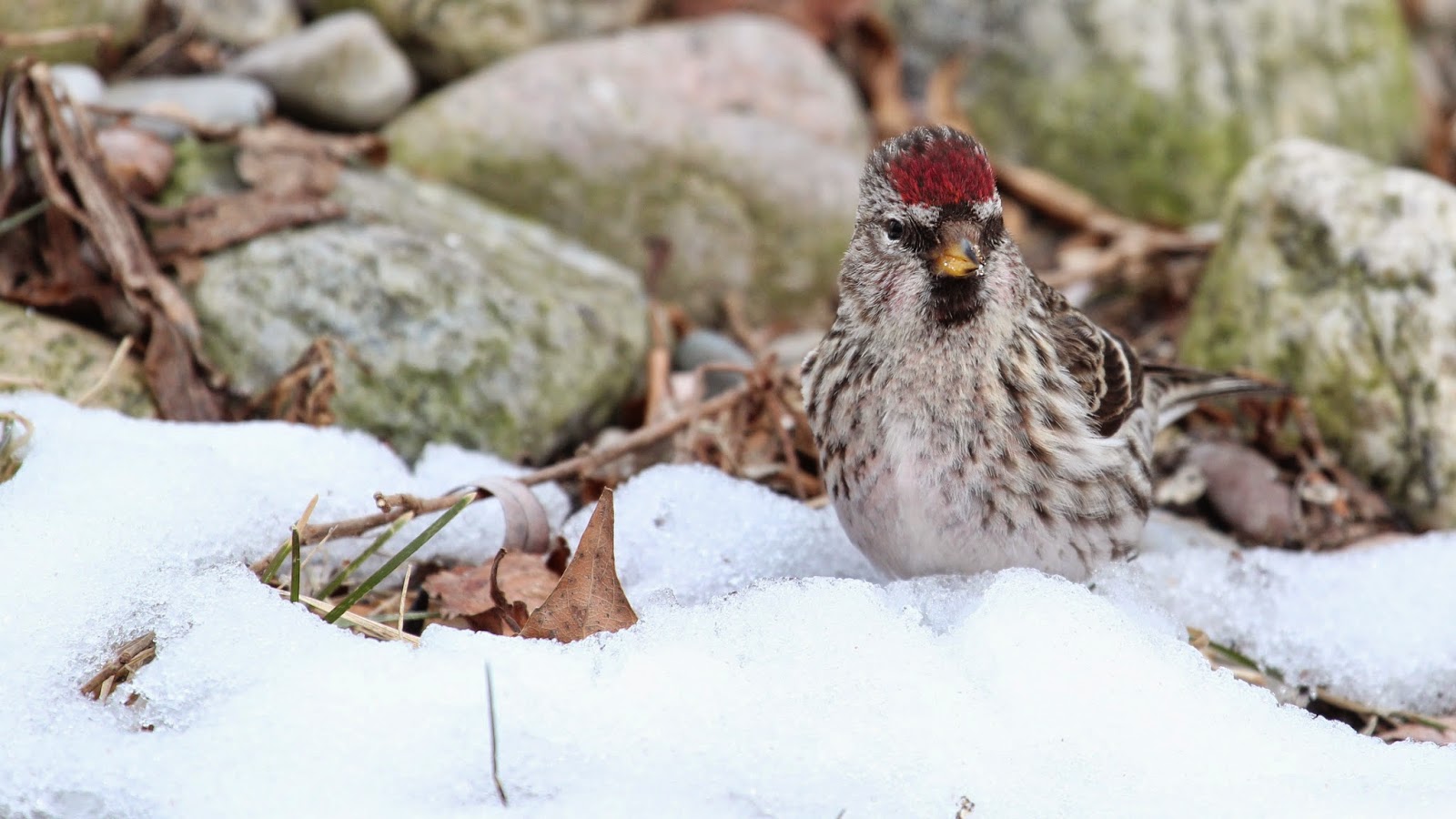On the rocks.

Killdeer nests are basically a shallow scrape in the ground. They will add rocks, sticks and bits of shells to the nest. This one is in the gravel at the edge of a parking area. I took the photo from the vehicle and left the area quickly to avoid stressing the bird. Charadrius vociferus The Killdeer’s broken-wing act leads predators away from a nest, but doesn’t keep cows or horses from stepping on eggs. To guard against large hoofed animals, the Killdeer uses a quite different display, fluffing itself up, displaying its tail over its head, and running at the beast to attempt to make it change its path. source - Cornell Lab of Ornithology.






